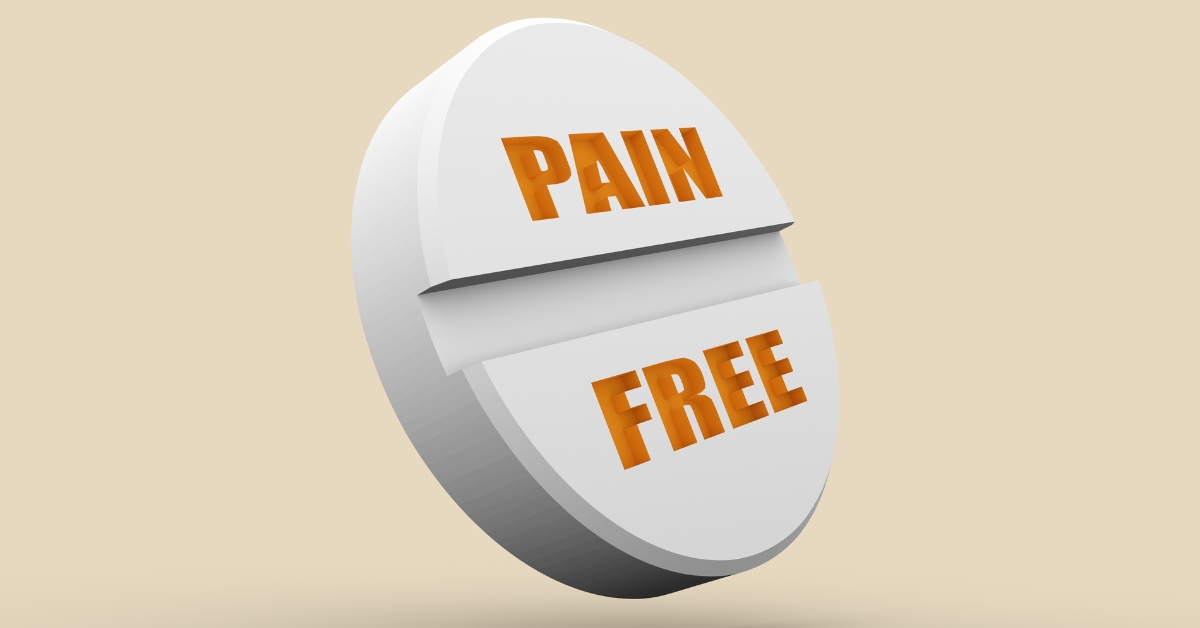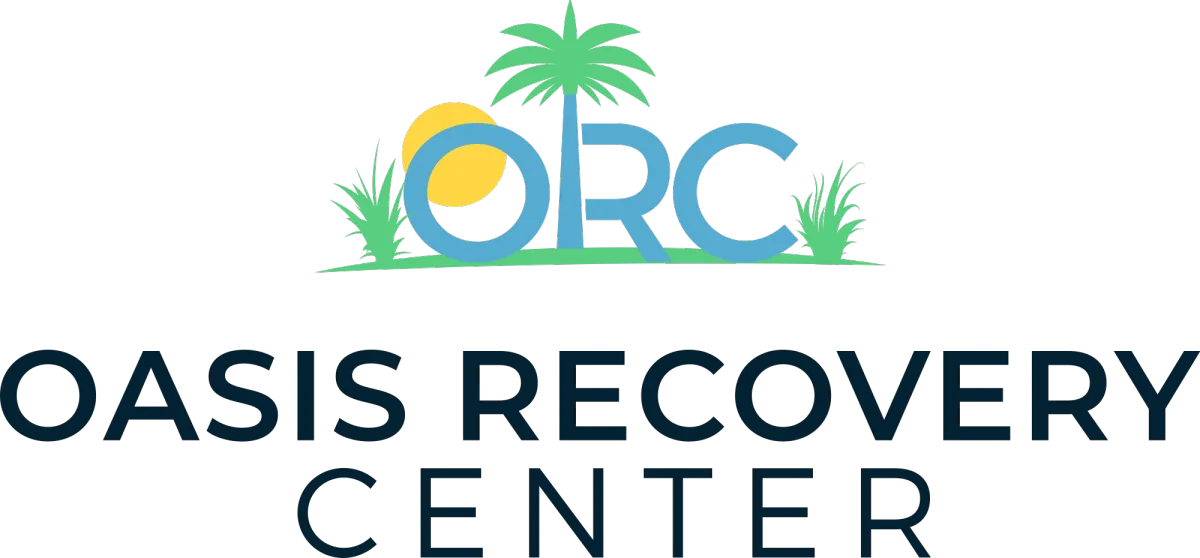
How Can You Become Accidentally Addicted to Pain Pills?
Understanding Pain Pill Addiction
Pain pill addiction is a serious issue that can have detrimental effects on an individual's physical and mental well-being. To fully grasp the nature of accidental addiction to pain pills, it is important to understand what pain pills are and the distinction between physical dependence and addiction.

What are Pain Pills?
Pain pills, also known as prescription opioids or analgesics, are medications that are commonly prescribed to alleviate moderate to severe pain. These medications work by binding to opioid receptors in the brain, spinal cord, and other areas of the body to reduce the perception of pain.
Pain pills encompass a range of medications, including commonly prescribed opioids such as oxycodone, hydrocodone, and codeine. They are powerful pain relievers that can be highly effective when used as directed for short-term pain management.
The Difference Between Physical Dependence and Addiction
It is crucial to differentiate between physical dependence and addiction when discussing pain pill misuse.
Physical dependence refers to the body's adaptation to the presence of the medication. When an individual uses pain pills regularly, the body becomes accustomed to the drug, leading to the development of tolerance and withdrawal symptoms when the medication is discontinued. Tolerance means that higher doses of the medication are needed to achieve the same pain relief, while withdrawal symptoms occur when the drug is abruptly stopped or the dosage is significantly reduced.
On the other hand, pain pill addiction involves a complex interplay of physical, psychological, and behavioral factors. Addiction is characterized by compulsive drug-seeking behavior despite the negative consequences it may have on one's health, relationships, and overall life. It is a chronic disease that can result in significant impairment and the inability to control or stop drug use.
Understanding the distinction between physical dependence and addiction is crucial in recognizing and addressing accidental addiction to pain pills. It is important to seek professional help if you suspect that you or someone you know may be struggling with pain pill misuse or addiction.
By providing clear information about pain pills and the differences between physical dependence and addiction, individuals can make informed decisions and take steps to prevent accidental addiction or seek appropriate help if necessary.
Accidental Addiction Triggers
When it comes to accidental addiction to pain pills, several triggers can contribute to the development of dependence and addiction. Understanding these triggers is crucial in recognizing the risks and taking steps to prevent them. Here, we will explore three common triggers: overuse of prescription medication, self-medication practices, and underlying psychological factors.

Overuse of Prescription Medication
Overuse of prescription medication is a significant trigger for accidental addiction. It occurs when individuals exceed the prescribed dosage or use the medication for longer than recommended. This can happen due to a misunderstanding of the dosage instructions, seeking greater pain relief, or simply not realizing the potential risks.
It's important to follow the prescribed dosage and duration provided by a healthcare professional. Taking more medication or using it for longer periods than recommended can lead to tolerance, where the body becomes accustomed to the drug's effects, requiring higher doses to achieve the same pain relief. This cycle of increasing dosage can quickly lead to dependence and addiction.
Self-Medication Practices
Self-medication is another trigger that can lead to accidental addiction. Some individuals may turn to pain pills to self-manage their pain without proper medical guidance. They may obtain these medications from friends, family, or even through illicit means. Self-medication can offer temporary relief, but without appropriate medical supervision, it can result in unintended consequences.
Self-medication can also occur when individuals misuse their own prescribed pain medication by taking higher doses or using it for non-medical purposes. This can stem from a desire to alleviate emotional distress or cope with other underlying issues. However, self-medication can increase the risk of addiction and worsen the overall well-being of an individual.
Underlying Psychological Factors
Underlying psychological factors play a significant role in accidental addiction to pain pills. Conditions such as anxiety, depression, post-traumatic stress disorder (PTSD), or unresolved emotional trauma can contribute to the misuse and overuse of pain medication. These psychological factors may lead individuals to seek temporary relief or escape from their emotional pain through the use of pain pills.
It's important to address and treat the underlying psychological factors alongside any pain management strategies. By addressing the root causes of emotional distress, individuals can find healthier coping mechanisms and reduce their reliance on pain pills.
Recognizing and understanding these accidental addiction triggers is crucial in preventing the development of dependence and addiction to pain pills. By promoting proper medication management, educating individuals about alternative pain management strategies, and addressing underlying psychological factors, we can work towards minimizing the risks associated with accidental addiction.
Warning Signs of Accidental Addiction
Recognizing the warning signs of accidental addiction to pain pills is essential in order to address the issue and seek appropriate help. These signs can manifest in various ways, indicating the presence of a potential problem. It's important to be aware of the following warning signs:

Changes in Behavior
One of the key warning signs of accidental addiction to pain pills is noticeable changes in behavior. These changes may include:
Increased secrecy and attempts to hide pill consumption
Neglecting responsibilities and activities previously enjoyed
Withdrawal from social interactions and isolating oneself
Engaging in risky behaviors to obtain more pills
Financial difficulties due to excessive spending on pills
If you or someone you know exhibits such changes in behavior, it may be an indication of an underlying issue with accidental addiction to pain pills.
Increased Tolerance
Another warning sign to watch for is an increased tolerance to pain pills. Over time, the body may develop a tolerance to the effects of the medication, requiring higher doses to achieve the same level of pain relief. This increased tolerance can lead to a vicious cycle of escalating pill consumption, which can potentially result in accidental addiction.
It's important to note that tolerance alone does not equate to addiction. However, when coupled with other warning signs, it may suggest the presence of a deeper problem that requires attention.
Withdrawal Symptoms
Experiencing withdrawal symptoms when attempting to reduce or stop pain pill consumption is a strong indicator of accidental addiction. Withdrawal symptoms can occur when the body becomes dependent on the medication and is deprived of it. These symptoms may include:
Nausea, vomiting, and diarrhea
Sweating and chills
Muscle aches and pains
Anxiety and restlessness
Insomnia and sleep disturbances
If you or someone you know experiences these withdrawal symptoms when attempting to cut back on pain pill usage, it's crucial to seek professional help and support.
Recognizing these warning signs is the first step towards addressing accidental addiction to pain pills. If you suspect that you or someone you know may be struggling with accidental addiction, it's important to reach out to a healthcare professional for guidance and support. Remember, early intervention can help prevent further harm and increase the chances of successful recovery.
Impact on Physical and Mental Health
When it comes to accidental addiction to pain pills, the impact on both physical and mental health can be significant. Understanding these effects is crucial in recognizing the severity of the issue and seeking appropriate help and treatment. Let's delve into the physical effects, psychological consequences, and social and relationship issues associated with pain pill addiction.
Physical Effects of Pain Pill Addiction
Pain pill addiction can take a toll on the body, leading to various physical health problems. Prolonged and misuse of pain pills can result in:
Physical Effects
Nausea and vomiting
Constipation
Respiratory issues
Drowsiness and fatigue
Weakened immune system
Liver damage
Increased risk of overdose
These physical effects can vary depending on the specific pain pill, dosage, and duration of use. It's important to note that the misuse of pain pills can have serious consequences for one's overall well-being.
Psychological Consequences
In addition to the physical impact, pain pill addiction can also have significant psychological consequences. The brain becomes accustomed to the presence of the pain pills and may develop a dependence on them to function normally. This can lead to:
Psychological Consequences
Anxiety and depression
Irritability and mood swings
Cognitive impairment
Poor decision-making
Impaired judgment
Increased risk of mental health disorders
The psychological consequences of pain pill addiction can significantly affect one's quality of life. It's essential to address these issues alongside the physical aspects of addiction for a comprehensive recovery.
Social and Relationship Issues
Pain pill addiction can also have a profound impact on social and relationship dynamics. As the addiction progresses, individuals may experience:
Social and Relationship Issues
Isolation and withdrawal from loved ones
Strained relationships with family and friends
Neglect of responsibilities and obligations
Financial difficulties
Legal problems
Loss of trust and support
These social and relationship issues can further exacerbate the emotional distress experienced by individuals struggling with pain pill addiction. Rebuilding and repairing these relationships often require the support of loved ones and professional assistance.
Understanding the physical and mental health implications, as well as the social and relationship issues, is crucial in addressing and overcoming accidental addiction to pain pills. Seeking professional help, accessing appropriate treatment options, and building a support system are vital steps toward recovery.
Seeking Help and Treatment Options
When it comes to addressing accidental addiction to pain pills, seeking help and exploring treatment options is essential. There are various avenues available for individuals struggling with pain pill addiction. In this section, we will discuss three common options: talking to a healthcare professional, therapy and counseling, and support groups and rehabilitation centers.
Talking to a Healthcare Professional
If you suspect or have identified signs of accidental addiction to pain pills, it is crucial to consult with a healthcare professional. They can provide expert guidance, assess your situation, and help develop an appropriate treatment plan. Healthcare professionals, such as doctors or addiction specialists, can offer valuable insights and recommendations based on their expertise.
During your consultation, be open and honest about your concerns, medical history, and any existing physical or mental health conditions. This information will assist the healthcare professional in tailoring a treatment approach that addresses your specific needs. They may recommend medication adjustments, gradual tapering off pain pills, or alternative pain management strategies.
Therapy and Counseling
Therapy and counseling play a vital role in addressing the psychological aspects of pain pill addiction. These therapeutic interventions can help individuals understand the underlying causes of their addiction and develop healthier coping mechanisms. Here are a few types of therapy commonly utilized in the treatment of pain pill addiction:
Cognitive-Behavioral Therapy (CBT): CBT focuses on identifying and changing negative thought patterns and behaviors associated with addiction. It helps individuals develop skills to manage cravings, cope with triggers, and prevent relapse.
Motivational Interviewing: This approach encourages individuals to explore their motivations for change and helps them build intrinsic motivation to overcome addiction. It fosters a collaborative relationship between the individual and the therapist, promoting self-reflection and commitment to recovery.
Family Therapy: Involving family members in therapy can provide support and address any family dynamics that may contribute to addiction. It helps improve communication, resolve conflicts, and create a supportive environment for recovery.
Support Groups and Rehabilitation Centers
Support groups and rehabilitation centers offer additional resources and a sense of community for individuals struggling with pain pill addiction. These settings provide a safe and supportive environment where individuals can share their experiences, receive guidance, and learn from others who have successfully overcome addiction. Some popular support groups include Narcotics Anonymous (NA) and SMART Recovery.
Rehabilitation centers, also known as rehab facilities or treatment centers, offer comprehensive programs that combine various therapeutic modalities, medical supervision, and a structured environment. These programs typically provide a range of services, including detoxification, individual and group therapy, educational sessions, and relapse prevention strategies. Rehabilitation centers offer a supportive and focused environment to help individuals break free from pain pill addiction.
Remember, seeking help and treatment options is a crucial step towards recovery. By engaging with healthcare professionals, participating in therapy and counseling, and connecting with support groups or rehabilitation centers, individuals can gain the necessary tools and support to overcome accidental addiction to pain pills.
Preventing Accidental Addiction
When it comes to pain pill addiction, prevention is key. By taking proactive steps to manage pain medication responsibly and exploring alternative pain management strategies, individuals can reduce the risk of accidental addiction. Education and awareness also play a crucial role in preventing the misuse of pain pills.
Proper Medication Management
Proper medication management is essential in preventing accidental addiction to pain pills. Here are some guidelines to follow:
Follow Prescribed Dosages: Take pain medication exactly as prescribed by a healthcare professional. Do not exceed the recommended dosage or frequency.
Communicate with Healthcare Providers: Keep your healthcare providers informed about any changes in your pain levels or medication effectiveness. They can adjust your prescription accordingly.
Avoid Sharing Medication: Never share your prescription medication with others, even if they have similar symptoms. Each individual's medical condition is unique, and medications should be tailored to their specific needs.
Secure Medications: Store pain pills in a secure place to prevent accidental access by others, especially children or individuals with a history of substance abuse.
Proper Disposal: Dispose of unused or expired pain pills according to local guidelines to minimize the risk of misuse or accidental ingestion.
Alternative Pain Management Strategies
Exploring alternative pain management strategies can help reduce reliance on pain pills and decrease the likelihood of accidental addiction. Consider the following options:
Alternative Pain Management Strategies
Physical therapy and exercise
Massage therapy
Acupuncture
Heat or cold therapy
Mind-body techniques (e.g., meditation, yoga)
Cognitive-behavioral therapy
Herbal remedies and supplements
Discuss these options with your healthcare provider to determine which ones may be suitable for your specific condition. They can provide guidance on incorporating alternative strategies into your pain management plan.
Education and Awareness
Education and awareness are vital in preventing accidental addiction to pain pills. By understanding the risks and potential consequences of pain pill misuse, individuals can make informed decisions. Consider the following:
Learn about Pain Medications: Educate yourself about the different types of pain medications, their potential side effects, and the risk of addiction associated with them.
Recognize Warning Signs: Be aware of the warning signs of accidental addiction, such as changes in behavior, increased tolerance, and withdrawal symptoms. Promptly seek help if you or someone you know displays these signs.
Stay Informed: Stay up to date with the latest research and guidelines on pain management and medication safety. This knowledge can help you make informed decisions and advocate for your own well-being.
By promoting education and awareness surrounding pain pill addiction, individuals can play an active role in preventing accidental addiction and promoting safer pain management practices.
Sources
https://www.wavesofhopeed.com/how-can-you-become-accidentally-addicted-to-pain-pills
https://www.aristarecovery.com/how-can-become-accidentally-addicted-to-pain-pills
https://www.armsacres.com/accidentally-addicted-to-pain-kills
https://www.townsendla.com/become-accidentally-addicted-to-pain-pills
https://www.doverecovery.com/accidentally-addicted-to-pain-pills

